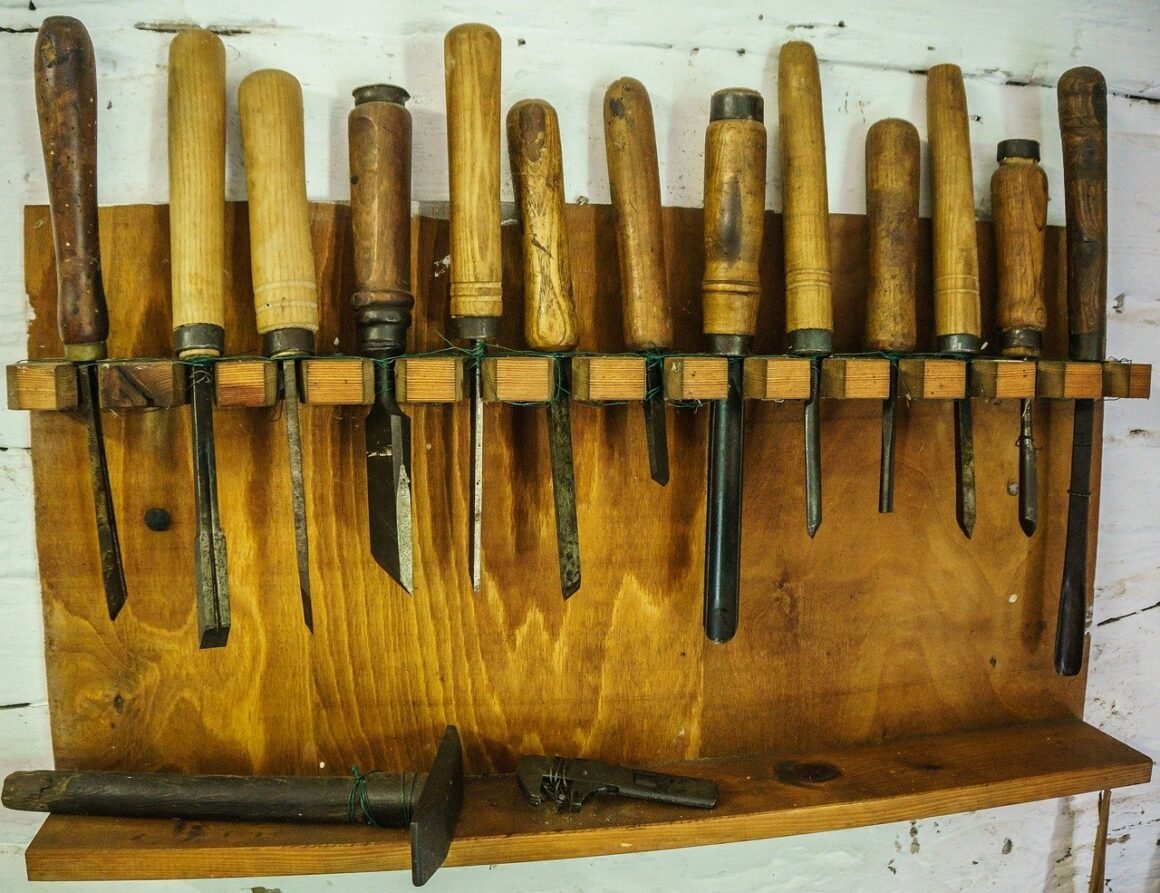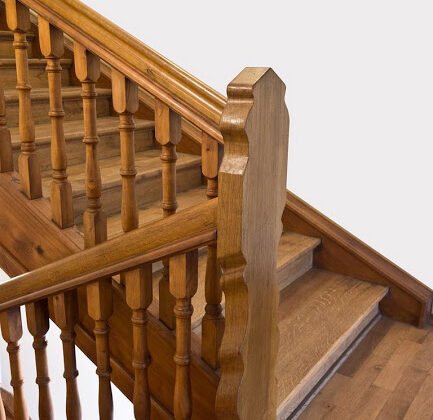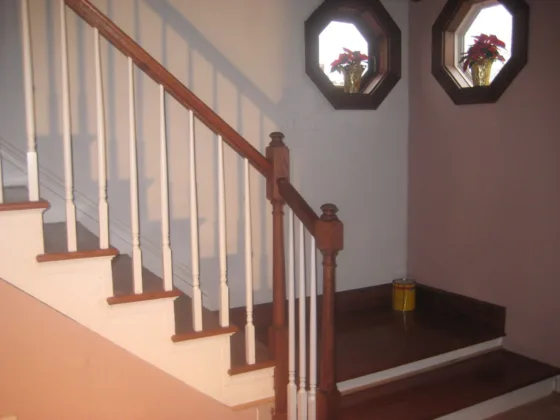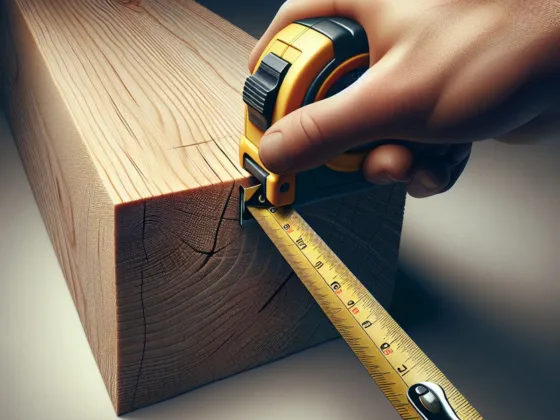Table of Contents Show
When it comes to choosing one of the most creative, versatile, and safest hobbies, woodworking is the one chosen by most.
However, it comes with some rudimentary guidelines that must adhere to while dealing with woodworking projects.
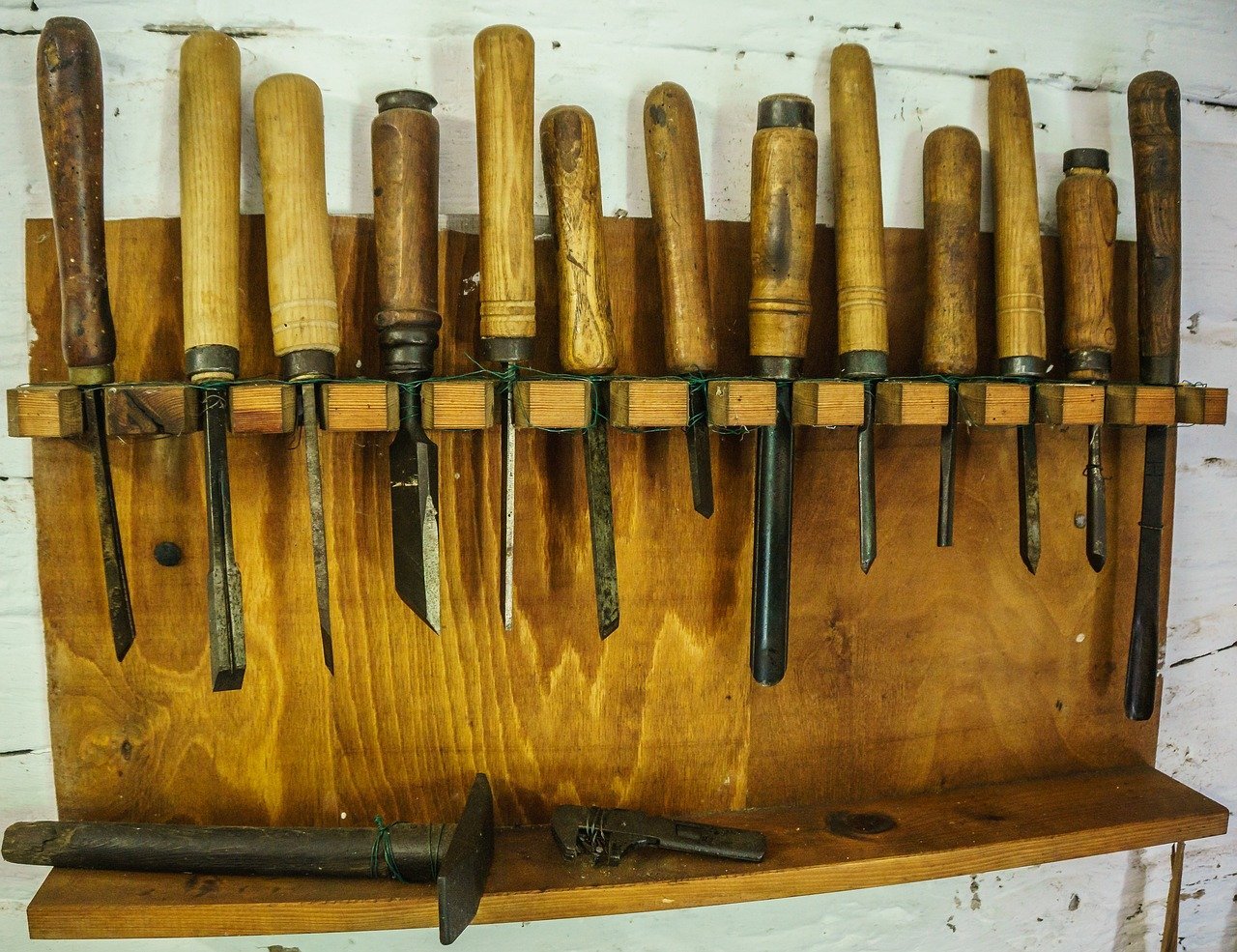
These safety rules are prepared in a way that they are easy to remember. The good thing is most of them are what our common sense says.
Conversely, not being able to comply with these basic guidelines may result in mishaps. Plus, a wood workshop is not a place for a reckless hangout.
It is where you learn new things and techniques about woodworking and adopts safe working habits, thereby turning your woodworking into an enjoyable experience.
10 Must-Know Safety Tips for Woodworking
1. Make Sure to Put-on Safety Equipment
The primary rule of woodworking is to wear all the safety equipment before starting with the work.
For example, putting-on ear-plugs to avoid hearing impairment while dealing with high-noise tools like surface planers, and routers, (latex) gloves to protect your hands from accidental cuts or injuries during heavy-duty tasks, and while applying finishes, and eyeglasses to avoid getting sawdust into your eyes.
Well, these are some of the basic things you should use before entering the workshop and should not be taken off until the work is over.
2. Wear Appropriate Outfit
You need to get dressed accordingly whenever you have to work in the woodshop. Make sure to wear tight-fitting clothes, short-sleeved or tight-sleeved t-shirts.
Wearing a loose-fitting outfit while woodworking might get entangled with the cutting blade, saw head, or others.
As such, your clothes should be comfortable to you while you work and protect you from wood splinters that may otherwise cause scratches on your skin.
Note: Avoid wearing any type of junk jewelry, especially any long dangling necklace, earrings, or bracelets.
Read Also:
Never consume alcohol or intoxicating drugs before entering into the workshop. Since a woodworking shop includes heavy machinery and equipment, it is dangerous to work with such tools while you are not in your senses.
It is better to skip the day from the woodshop even if you are slightly intoxicated.
It is better to stay clean and in your senses while dealing with your workshop power tools. Then there is less chance of encountering problems (if any).
4. Power Off the Tool Before Changing Blades
Never change the blade of your power saw without disconnecting the power. You never know how the engine may crank accidentally and you know the consequences after that.
So, make sure to detach the cable from the power outlet (for more assurance) while changing the blade.
Note: Many pro-grade woodcrafters have lost their fingers in this process by not giving heed to the safety measures. So, don’t make the same mistake.
5. Must Keep an Extension Cord
Your workshop should have a heavy-duty extension cord with only one power outlet. This way, you will have to connect the power tools, one at a time, while doing a task.
Thereby, it will let you keep a note of when you are plugging and unplugging a power tool while shifting from one tool use to another.
Plus, you will be more cautious about the need to switch off the power while changing blades’ orbits.
6. Use Tipped Bits and Shape Blades
Well, this is not something to mention, yet many miss out on these basic facts as well. Do you know that it is more dangerous to use dull tools than sharp ones? Plus, it is more time taking and effort-consuming.
If your saw blade is not sharp enough, then you have to put more physical effort into the tool to get the task done. Such cases are even prone to binds and kickbacks.
Conversely, a sharper tool or router bit completes the desired task smoothly and in a much shorter time interval. So, sharper tools have more benefits over the dull ones. You can read more about router bits here.
7. Always Check for Screws, Nails, and Other Metal
Make sure to check the stock, you are about to cut, for any metal including staples, nails, screws, etc.) prior to preparing for a cut.
Stock containing nails and using rapidly revolving saw blades are not a good contrast. This will not only harm the stock but also wear off the cutting head of the router bit. Plus, at its worst, it may cause the stock to kickback, causing you injury.
Note: Thoroughly inspect the stock of any metal parts, or even better to employ a metal detector before cutting.
8. Always Work Opposite to the Direction of the Cutter
The woodworking power tools are framed in a way that the wooden splinters move to the direction in which the tool moves across the wood.
In simple words, the direction of the motion of the cutting head of the tool is opposite to the direction of the movement of the tools.
Note: The saw blade or the router bit moves against the wood. As such, the cutting head should move across the stock and not with it.
9. Never Touch the Moving Blade to Remove Splinters
When dealing with a miter saw, table saw or any other power saw, never try to clean off the cuts-offs from the moving blade.
Wait till the blade has completely stopped moving and then clean off the wastes from it. It is even better to use a push stick or cloth piece to clean off the waste.
This way you won’t have to deal with the dirt and will stay safe from mishaps.
Note: Switches of the power tools may tend to malfunction with accidental cranking. So, never try to bring your hands too close to the blade, even after it stopped.
10. Avoid Distractions
One of the major distractions these days is a sudden phone call or message, typically when it is the one from your close ones.
But, while you are in the middle of an ongoing woodworking project and a phone call bumps in, you get distracted and try to continue with the work while attending to the call, at a time.
Note: Never attend phone calls or other people calling you out randomly, while you are already engaged in an action with your power tool until the work is safely concluded. Taking off your focus from the tool could be a major reason for a disaster.
